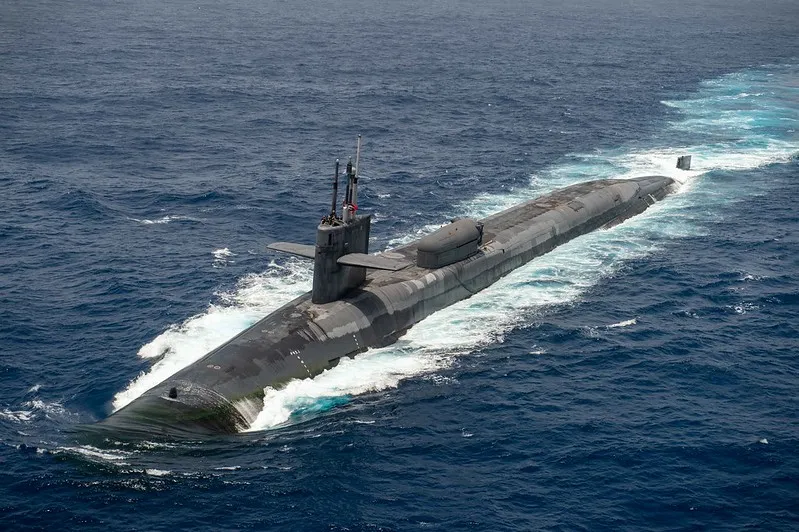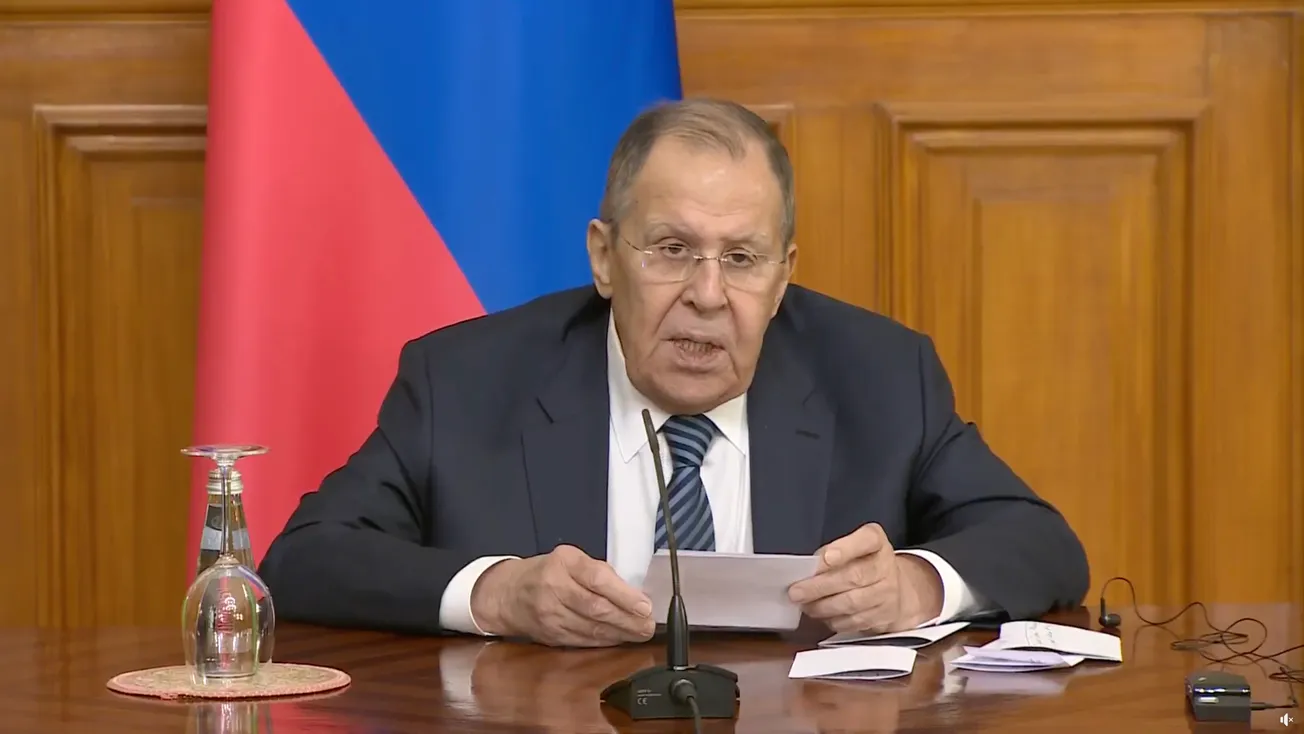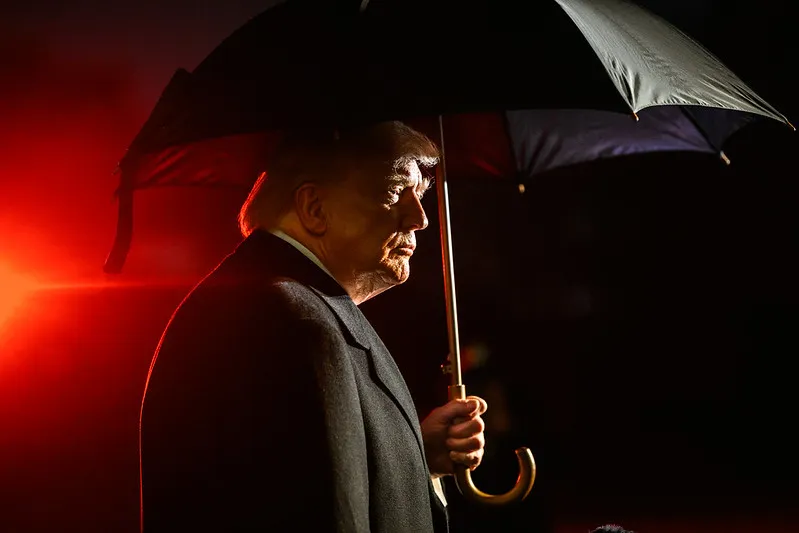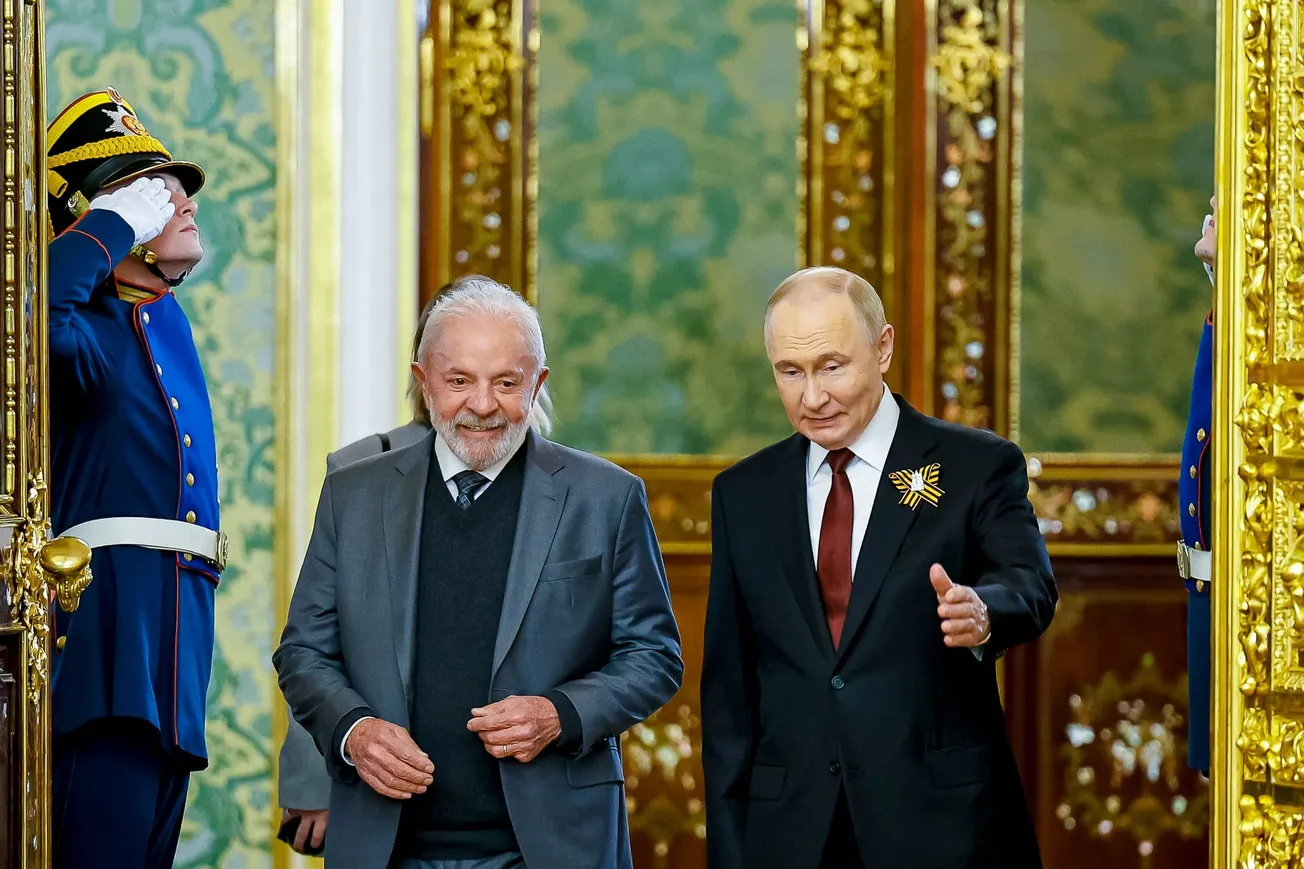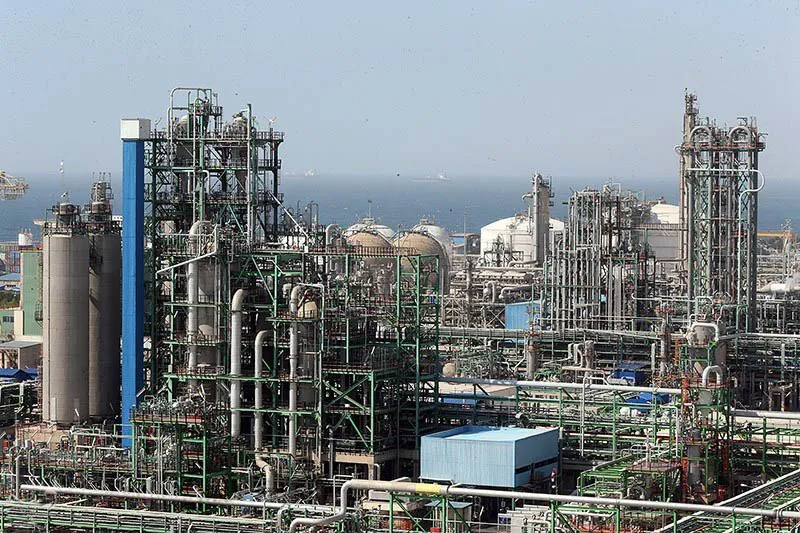The world today stands at the cusp of direct NATO military involvement in a ground, sea, and air war against Russia—the greatest nuclear superpower on the planet. We have gone well beyond the point of utopian, Dr. Strangelove-style threats from think tanks such as the U.K.’s RUSI and Chatham House and the U.S.’s Atlantic Council and Council on Foreign Relations, and the use of NATO-financed and -armed surrogates such as Ukraine. We are now staring at the prospect of imminent direct engagement between NATO and Russian forces in more than one theater of war.
The Ukrainian special forces which invaded Russia a week ago and remain 10+ miles inside the Kursk region, are reported to include mercenaries from France, the U.K., Poland, and Georgia—just as French President Macron had proposed to send French troops to fight alongside Ukraine against Russia. The Defense Ministry of Germany announced Aug. 13 that “there are no obstacles whatsoever” to Ukraine using German weapons on Russian soil. NATO-supplied F-16 fighter jets have started arriving on Ukrainian soil, and Sen. Lindsey Graham is publicly urging retired NATO pilots to go fly them for the Ukrainians.
To all this, Russian Defense Minister Andrei Belousov told participants in Russia’s Army 24 Military Technical Forum meeting on Aug. 12 that the Ukraine conflict “is essentially an armed confrontation between Russia and the collective West.”
The Southwest Asia theater in this impending global war is no better. The Biden administration has sent a significant naval armada to the waters off Israel and Iran, including two aircraft carrier groups and the guided missile submarine USS Georgia, while providing daily assurances to the Netanyahu government that the U.S. will defend Israel from Iranian reprisals, come hell or high water—reprisals which Israel is doing everything in its power to provoke, including by the assassination of Hamas negotiator Ismail Haniyeh in Tehran, followed by the butchery of 100 Palestinians seeking refuge in a school and mosque in Gaza City.
How, then, to stop this flight forward to insanity? Some may despair that Mankind seems to lack the moral fitness to survive. Where are the forces strong enough to stop the slaughter and the slide into nuclear war?
Fortunately, in human history as in physics, it is so-called “weak forces” that can cause tectonic shifts—if they are properly “tuned” to the causal features of the dynamic process they are intersecting, if they are armed with the concept-solutions that the moment demands. This is the central idea behind Lyndon LaRouche’s science of physical economy: that weightless, odorless, invisible, inaudible, and intangible creative ideas are the motor force of scientific and technological advance, and therefore of economic development. Man’s Mind can in fact move mountains.
The great Russian-Ukrainian founder of biogeochemistry, Vladimir Verndasky, proved that the Noösphere, the domain of Man’s creativity, is causally superior (stronger) than the lesser domains of the Biosphere and the Lithosphere. In his 1938 Problems of Biogeochemistry II, Vernadsky wrote: “In this geological process—which is fundamentally biogeochemical—a single individual unit of living matter, out of the totality of humanity—a great personality, whether a scientist, an inventor, or a statesman—can be of fundamental, decisive, directing importance, and can manifest himself as a geological force. This sort of manifestation of individuality in processes of enormous biogeochemical importance, is a new planetary phenomenon.”
Back on June 28, 2001, Lyndon LaRouche delivered a lecture to the Lebedev Institute of Physics of the Russian Academy of Sciences (FIAN) in Moscow, and in the discussion period with scientists in the 150-person audience, LaRouche was asked about Vernadsky:
“In Vernadsky’s teachings on the biosphere, and also at the basis of physical economy, there is the concept that the three elements of the biosphere—the abiotic, the biotic, and the social—are closely interconnected, and differ in how they function, in their energetic function, first and foremost. What do you think is the fundamental characteristic of the energy function in the social element, at the present time?”
To which LaRouche responded: “No, the point is that the attempt to come up with `energy,’ is something which Vernadsky himself was very suspicious of. What he pointed to, is that apparently weak forces actually can dominate what seem to be strong forces. And so, therefore, you’re dealing with a question of organization in the universe, not energy as such. Energy is a result; it is an effect; it is not a cause.”
The questioner followed up: “May I make this more precise? The characteristic of the social element is to be found in labor activity, the energetic effect of which, is that energy is accumulated with an efficiency of greater than 100%.”
LaRouche countered: “No, it doesn’t work that way. It has the effect of that, but it is not a form of energy. It has the effect of energy. But, try to measure the mass of a thought.”
This coming Friday, Aug. 16, the 63rd weekly meeting of the International Peace Coalition will deliberate on concept-solutions to the current crisis, and how to organize across the planet for their adoption. That discussion will be assisted by the participation of Scott Ritter, whose house was raided on Aug. 7 by the idea-challenged FBI and an associated SWAT team, to try to silence him—and all of us—who are actively organizing to stop the planet from plunging into nuclear war.


